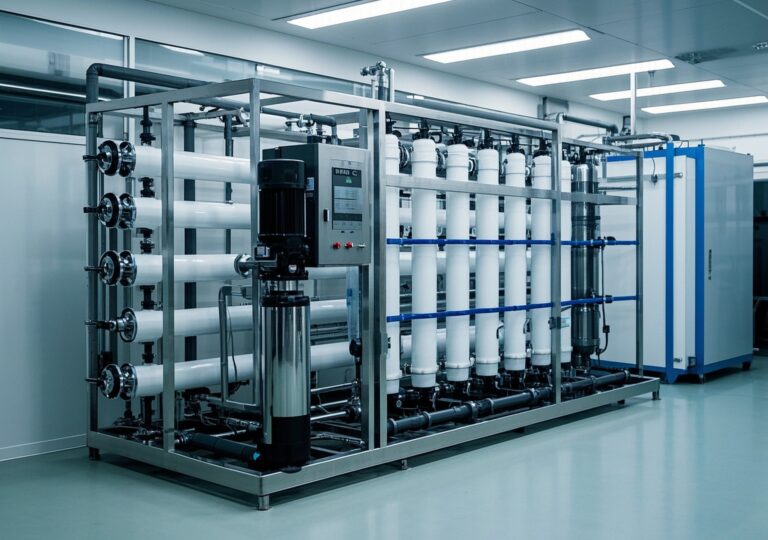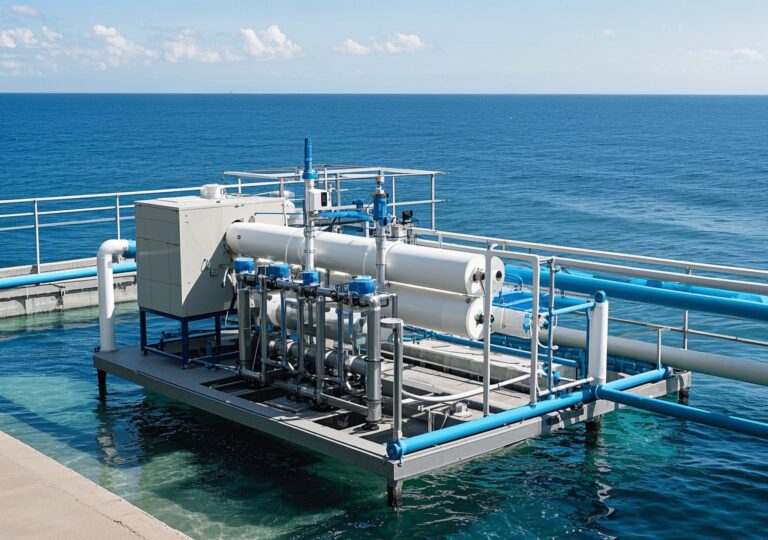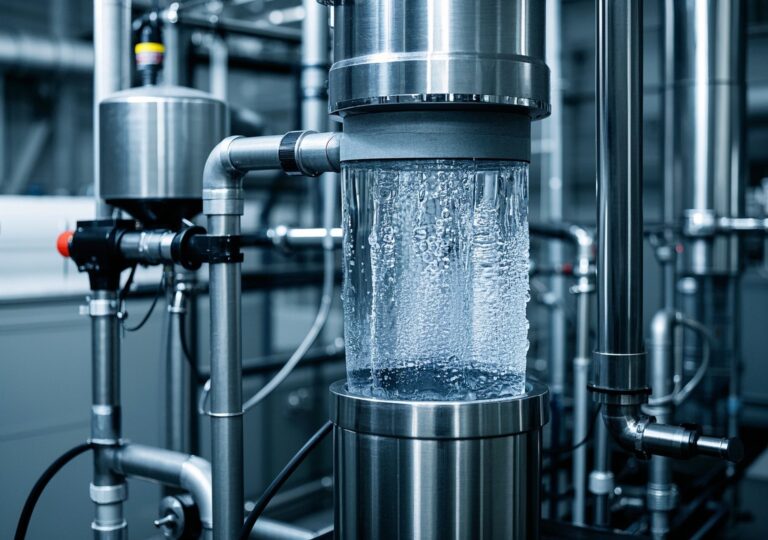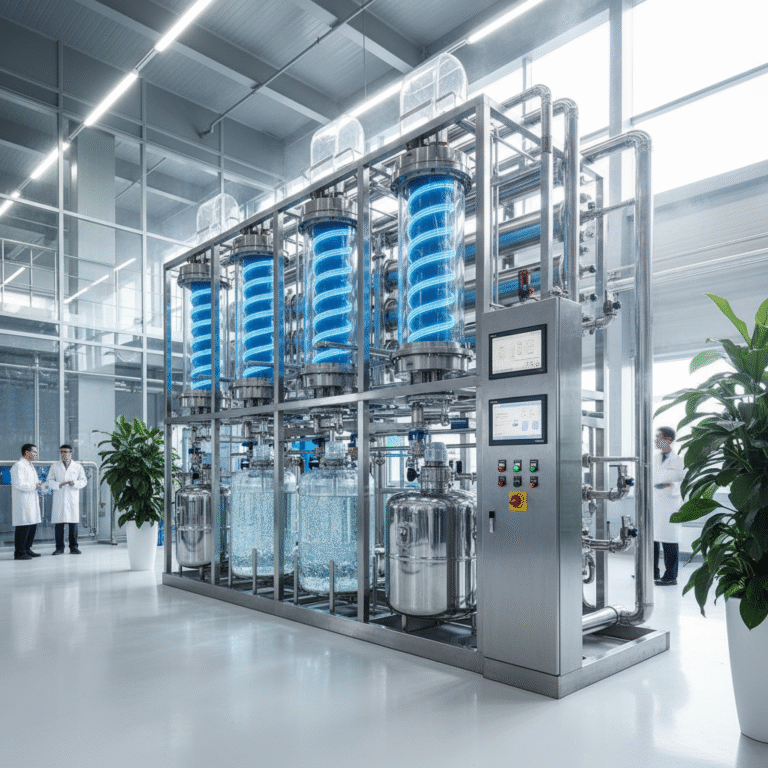Astonishing Results with ro water treatment machine in High-Stakes Industries!
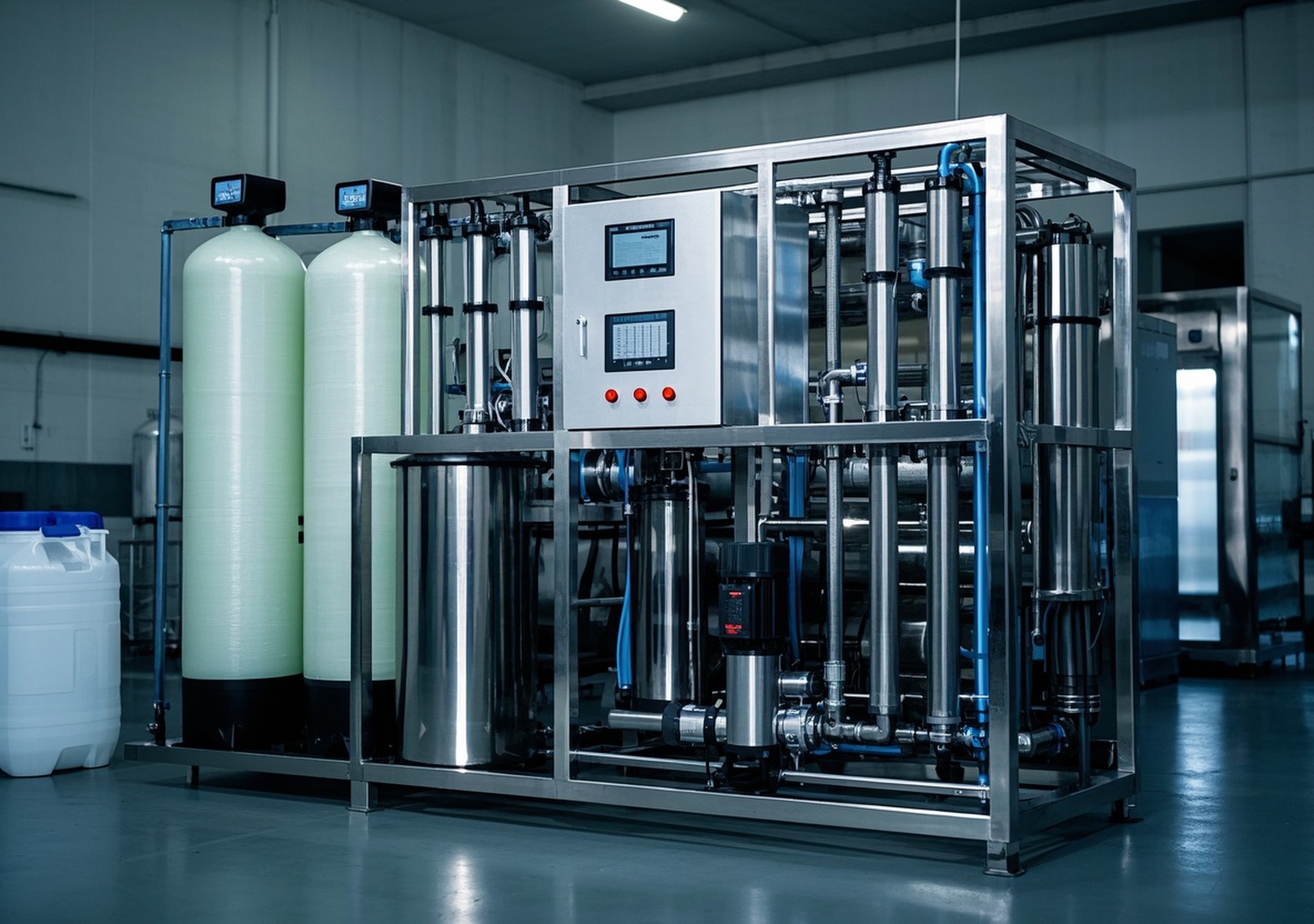
Astonishing Results with ro water treatment machine in High-Stakes Industries!
In today’s industrial landscape, the demand for ultrapure, safe water is crucial across various sectors. A ro water treatment machine, or reverse osmosis water purification system, stands at the forefront of advanced water treatment technologies. These systems are pivotal in ensuring water quality, operational efficiency, and regulatory compliance. This article delivers a comprehensive analysis of commercial RO machines, delving into their technology, applications, and real-world impact – arming decision-makers with expert insights.
1. Introduction: The Role of Commercial RO Systems in Modern Industry
Reverse osmosis (RO) technology involves forcing water through a semi-permeable membrane that removes dissolved salts, suspended solids, chlorine, and microorganisms. With increasing industrialization and heightened safety standards, industries such as food and beverage, pharmaceuticals, and textiles rely heavily on reliable water purification. In many cases, water is not just a utility but an essential ingredient or process medium. This elevates the importance of a dependable and efficient ro water treatment machine in maintaining product quality and operational sustainability.
2. Equipment Overview and Core Advantages
Commercial RO machines are engineered to treat large volumes of water with high precision. Typical systems can process from a few hundred liters to thousands of cubic meters daily. Their core advantages include:
- High removal efficiency: Capable of eliminating up to 99% of total dissolved solids (TDS), chlorine, heavy metals, and microorganisms.
- Adaptability: Applicable in industries with diverse water quality requirements and flow demands.
- Energy efficiency: Modern designs reduce power consumption with optimized pumps and membranes.
- Scalability: Modular configurations enable easy expansion according to operational growth.
From a market standpoint, commercial RO systems dominate water treatment segments due to their reliability and regulatory compliance benefits. This sector was valued at USD 5.87 billion globally in 2022 and is projected to grow at a CAGR of 8.8% until 2030, driven by increasing demand for safe drinking and process water (source: Grand View Research).
3. Process Flow of a Typical RO Water Treatment System
The operation of a commercial ro water treatment machine generally follows a multi-stage treatment train, as illustrated below:
| Stage | Description | Purpose |
|---|---|---|
| 1. Pre-Treatment | Removal of suspended particles, turbidity, chlorine, and hardness via multimedia filters, activated carbon, and softeners | Protects RO membranes from fouling and damage |
| 2. High-Pressure Pump | Pressurizes feed water to required operating pressures (typically 150-300 psi) | Ensures effective permeation through RO membranes |
| 3. RO Membrane Filtration | Water passes through semi-permeable membranes to remove dissolved solids and microbes | Primary purification stage producing permeate (clean water) and reject streams |
| 4. Post-Treatment | Includes pH adjustment, UV sterilization, or ion exchange depending on specifications | Ensures final water quality meets industry standards |
This sequential approach guarantees consistent water quality suited for various industrial applications.
4. Key Components Detailed Analysis
- Multimedia Filter: Removes suspended solids and reduces turbidity using layers of sand, gravel, and anthracite.
- Activated Carbon Filter: Adsorbs chlorine, organic compounds, and residual chemicals, safeguarding the sensitive RO membranes.
- Water Softener: Exchanges hardness ions (calcium and magnesium) with sodium ions to prevent scale formation on membranes.
- High-Pressure Pump: Delivers feed water at optimal pressures required for efficient membrane operation, designed for durability and low energy consumption.
- RO Membrane Elements: Thin-film composite membranes with pore sizes ~0.0001 microns that remove contaminants at molecular level.
Understanding these components helps operators optimize system performance and extend membrane lifespan.
5. Membrane Technology and Maintenance Recommendations
Common RO membrane types used industrially include cellulose acetate, polyamide thin-film composite, and aromatic polyamide membranes. Polyamide membranes are preferred for their high rejection rates and broader pH tolerance.
Maintenance best practices include:
- Routine chemical cleaning to remove fouling and scaling;
- Monitoring feed water quality continuously;
- Pre-treatment optimization to minimize membrane stress;
- Timely replacement every 2-3 years depending on operational conditions.
Maintaining membrane integrity is essential to avoid system downtime and costly repairs.
6. Post-Treatment Solutions for Enhanced Water Quality
Depending on the end-use, post-treatment steps may involve:
- Mixed Bed Deionization: For ultrapure water in pharmaceuticals or electronics manufacturing.
- Electrodeionization (EDI): Continuous ion removal without chemical regeneration, ideal for high-purity needs.
- UV Sterilization: Effective microbial kill step ensuring biological safety.
These techniques guarantee compliance with strict regulatory frameworks and product quality demands.
7. Practical Applications and Industry Use Cases
Numerous industries reap benefits from commercial RO systems:
Food and Beverage
Water quality directly impacts taste and safety. In one project I managed, installing a customized RO machine increased filtration efficiency by 25%, reducing contaminants to below 50 ppm TDS. This enabled the client to meet USDA and FDA standards consistently, while minimizing water waste.
Pharmaceutical Manufacturing
Purified water is essential for formulations. At a pharmaceutical plant, integration of an RO system with post-EDI treatment ensured water conductivity below 1 µS/cm. This compliance supported GMP certification and enhanced product stability.
Textile Industry
Process water with low mineral content prevents fabric damage. A notable case involved replacing older filtration with a commercial RO setup that cut chemical usage by 15% and improved effluent discharge quality, aligning with local environmental regulations.
Hospitality Sector
Hotels rely on RO-treated water for guest safety and equipment longevity. In one multi-hotel chain, installing RO units reduced maintenance costs on boilers and improved guest satisfaction by ensuring better water taste and odor control.
8. Pricing Influencers and Investment Considerations
| Factor | Impact on Pricing | Investment Insight |
|---|---|---|
| Component Quality | High-grade membranes and pumps increase upfront cost | Longer lifespan and lower operating cost justify premium pricing |
| System Capacity | Larger capacity systems have higher capital expenses | Scale with business growth to optimize ROI |
| Customization Level | Customized designs tailored to feed water and output needs cost more | Enhances efficiency, reduces operational risks |
| Operational Costs | Energy consumption and chemical usage affect running expenses | Energy-efficient designs with advanced controls reduce cost over time |
While initial costs can be significant, the long-term benefits in compliance, product quality, and environmental impact provide compelling investment value.
9. Installation and After-Sales Support
Successful deployment of a commercial RO system requires meticulous site prep, including water source assessment and compatibility checks. I’ve overseen installations where coordinated efforts between client-site teams and vendors ensured smooth commissioning within scheduled timeframes.
Post-installation services comprise:
- Comprehensive operator training programs;
- Remote and onsite technical support;
- Scheduled maintenance contracts to maximize uptime;
- Accessible spare parts logistics.
Robust after-sales service guarantees system reliability and user confidence.
10. Maintenance and Troubleshooting Guide
Daily maintenance routines involve:
- Monitoring feed water parameters;
- Inspecting and backwashing pre-filters;
- Recording pressures and flow rates;
- Scheduling membrane cleaning cycles.
Common issues like membrane fouling manifest as declining permeate flow or increased rejection rates. Early detection through online sensors aids preemptive action, preventing costly shutdowns. Stocking critical spare parts such as membranes, pumps, and valves reduces downtime.
11. Manufacturers & Market Positioning
Leading manufacturers of commercial ro water treatment machines boast extensive R&D capabilities, international certifications (ISO, NSF), and global service networks. Their market strategies emphasize customization, integration with automation systems, and scalability, meeting rising industrial demands worldwide.
Regions like Asia-Pacific show the fastest growth due to rapid urbanization and regulatory impetus, aligning with global trends supporting water infrastructure investments.
12. Conclusion: Leveraging RO Technology for Industrial Excellence
Choosing the right ro water treatment machine is foundational for industries prioritizing water quality, operational efficiency, and environmental compliance. This technology stands as a proven, scalable solution delivering high purification performance across diverse sectors.
Combining authoritative market insights and hands-on industry experience, it’s clear that investing in a robust commercial RO system offers sustainable advantages – from safeguarding product integrity to adhering to strict regulatory frameworks.
If your industry depends on high-quality water, embracing advanced RO solutions can be transformative. Explore options tailored to your operational needs to unlock these compelling benefits.
References:
- Grand View Research, “Commercial RO System Market Size, Share & Trends Analysis Report, 2023 – 2030”

